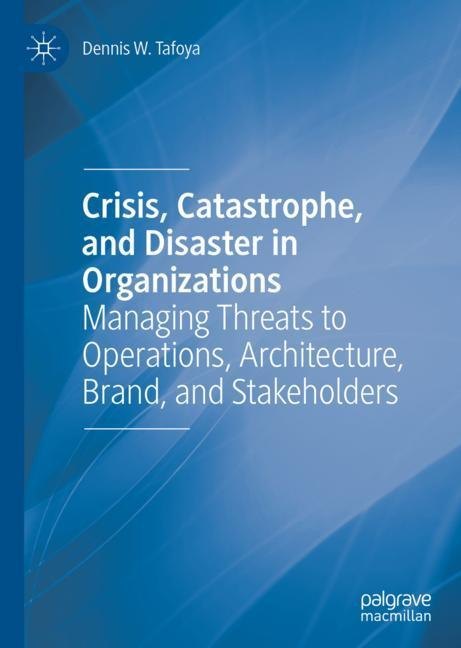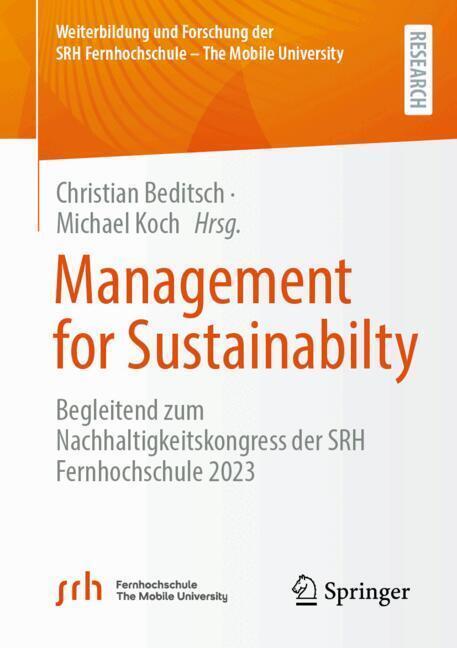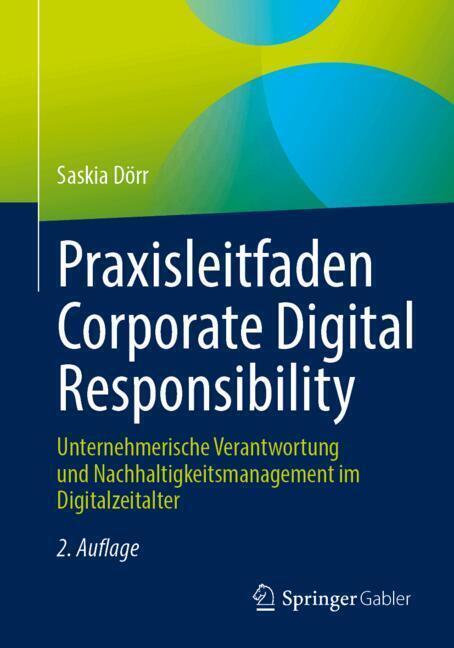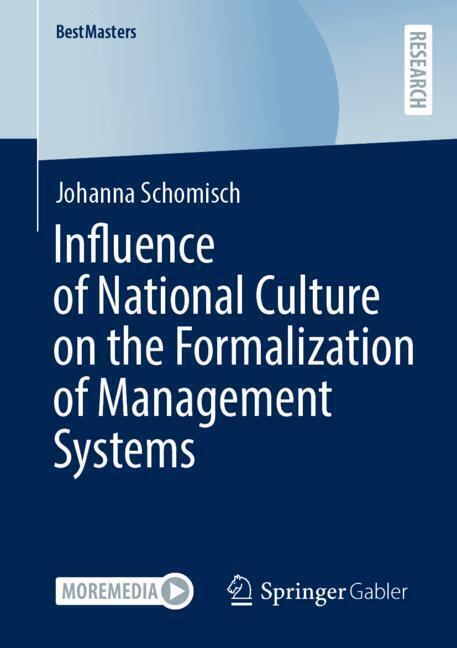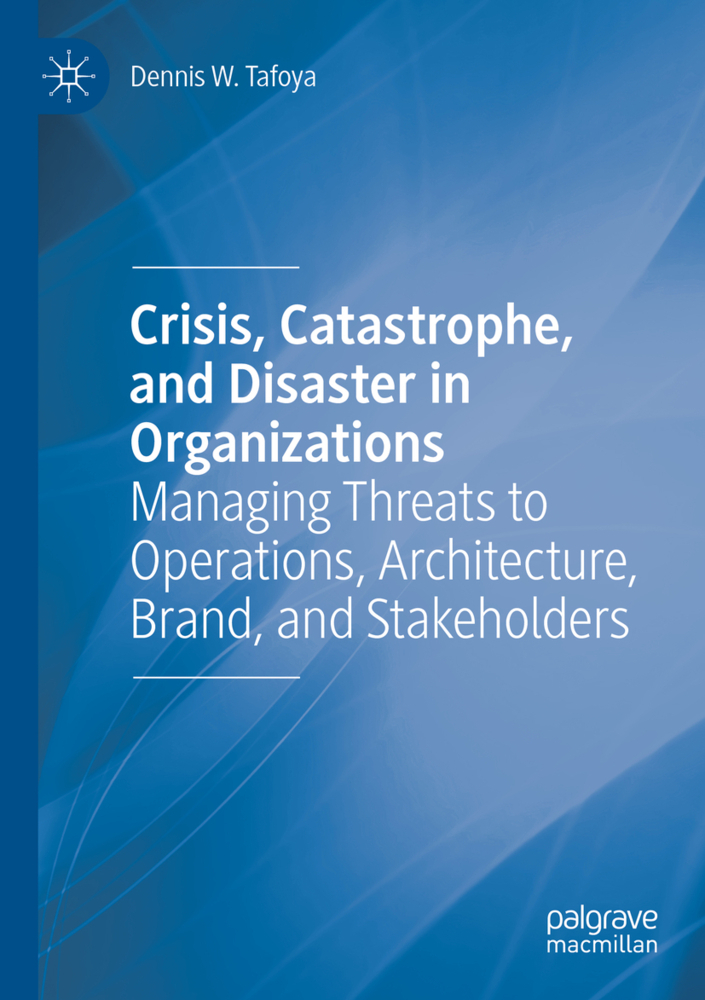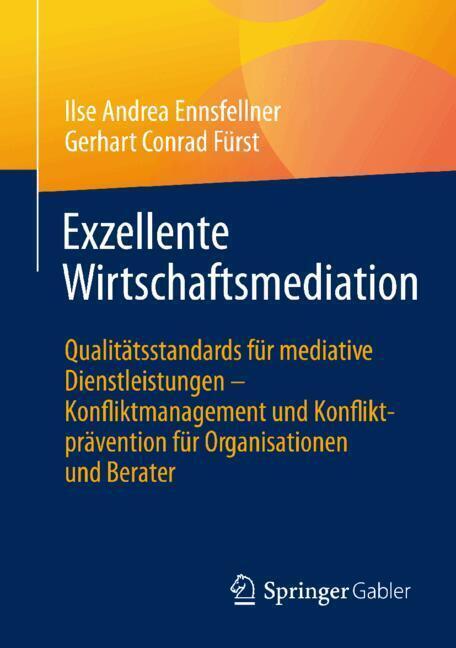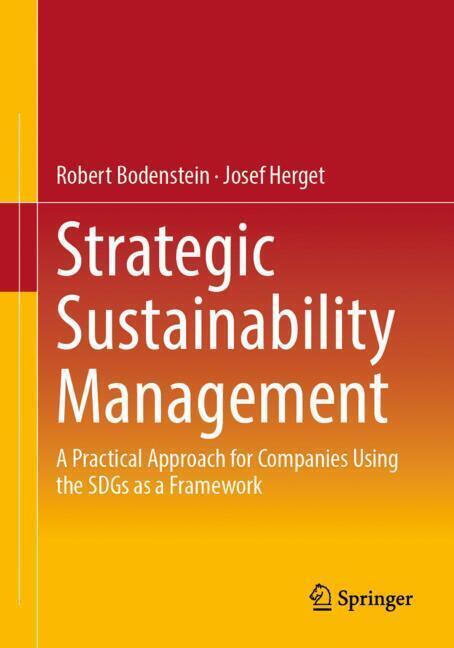Crisis, Catastrophe, and Disaster in Organizations
Managing Threats to Operations, Architecture, Brand, and Stakeholders
This book explores how and why an event is a precursor to the emergence of a crisis and how a given crisis affects an organization and its stakeholders. Using existing systems theory blended with innovative use of wave, epidemiological, immunological and psycho-social theories, the author discusses ways to understand the effects of different types of crises while showing how to document and/or quantitatively measure those effects. The book offers new models illustrating how events trigger crises and how they subsequently morph into catastrophes and disasters. Using theories and tools tested in organizational settings to identify contributors to a traumatic event, this book makes a valuable contribution to organizational and crisis management literature.
Dennis W. Tafoya (PhD, the University of Michigan, MS, the University of Pennsylvania) has more than 30 years of academic and business experience across a variety of fields. He is President of CompCite Inc., an international research and development firm that focuses on factors affecting individual, group and organizational performance. He has authored patents, numerous articles and five books.
Dennis W. Tafoya (PhD, the University of Michigan, MS, the University of Pennsylvania) has more than 30 years of academic and business experience across a variety of fields. He is President of CompCite Inc., an international research and development firm that focuses on factors affecting individual, group and organizational performance. He has authored patents, numerous articles and five books.
1;Preface;5 2;Contents;10 3;List of Figures;11 4;List of Tables;12 5;1: An Introduction to Giving (and Receiving) Advice;14 5.1;Two Professional Objectives That Define the Book;19 5.2;Addressing Challenges Associated with Emerging Events;23 5.2.1;Event Types and Containment Demands;23 5.2.2;The Nature of Organizations and Event Containment;24 5.2.3;Establishing a Framework for Event Containment;26 5.3;Tactical Considerations When Working Within the Organization or Stakeholder Network;28 5.3.1;What Would Stakeholders Say Are the Most Critical Issues in a Crisis to Consider?;29 5.3.2;Additional Information Needed to Contain the Event;30 5.3.3;Some Basics for Working Particularly Adverse Situations;31 5.3.4;A Last Look at Influence;36 5.4;Conclusion;41 6;2: Events and Emerging Turmoil, Disorder, and Confusion;44 6.1;A Quick Review and Introduction;44 6.2;Events and Why They Are Important;52 6.2.1;Event Type One: Routine, Anticipated, Even Planned-for Events;54 6.2.2;Event Type Two: Unanticipated Events Which Emerge but Are Within the Framework of an Organization's General Activity;56 6.2.3;Event Type Three: Extraordinary Events Within the Organization's Horizon and May Be Anticipated, Planned For;58 6.2.4;Event Type Four: Extraordinary Events Within the Organization's Horizon Not Anticipated or Planned For;64 6.2.5;Event Type Five: Extraordinary Events Beyond the Scope of an Organization to Control That May Be Anticipated or Planned For;67 6.2.6;Event Type Six: Extraordinary Events Beyond the Scope of the Organization That Are Not Typically Planned for or Anticipated;70 6.3;Conclusion;74 6.3.1;Disruptions and the Struggle for Remediation;74 7;3: Tracking Turmoil, Disorder, and Confusion;77 7.1;Elements and Derivation of an Incident Chain;78 7.1.1;Understanding the Event to Disaster Stream;81 7.1.2;Always Look for Ways to Stipulate Potential Products, Outcomes, and Events;84 7.1.3;The Role of Transitions in the Stream;88 7.1.4;Look Closely at the Overall Nature and Manner in Which the Phenomena Affect the Organization;90 7.2;Defining Elements in the Event to Disaster Stream;100 7.2.1;What Is a Crisis?;101 7.2.2;So What Is a Catastrophe?;105 7.2.3;Disasters and Organizations: The Worst-Case Scenario;111 7.3;Conclusion;115 7.3.1;Comprehending Organizational Impairment;116 7.3.2;Estimating Realized and Expected Impairment;117 7.3.3;Isolating Turmoil's Natural Casualties;118 8;4: Mapping the Effects of Crises, Catastrophes, and Disasters, and Sustainability;123 8.1;Nothing Challenges Sustainability Like Risk and Trauma;124 8.2;Detailing the Sequential Nature of Organizational Turmoil;133 8.2.1;Profiling an Organization's Capacity to Perform in Response to a Crisis;135 8.2.2;Measuring the Impact of a Crisis, Catastrophe, and Disaster on the Capacity to Perform;138 8.2.3;Sketching Sustainability: Why These Phenomena Are So Troublesome;145 8.2.4;Features Contributing to Sustainability;146 8.3;A Quick Synopsis and Applications of Our New Formula;151 8.3.1;Mapping Trauma's Unique Nature Within the Organization and Stakeholder Network;154 8.4;Conclusion;166 9;5: Emerging Turmoil, Disorder, Trauma, and Confusion;170 9.1;Emerging Turmoil Always Has Effects;171 9.1.1;Illustrating Turmoil's Effects;172 9.1.2;Understanding Turmoil's Effects;179 9.1.3;Tracking Phenomena, the Changes They Trigger, and Their Mutating Effects;183 9.2;So How Did the Organization Get into This Mess?;187 9.2.1;Containment Is Not an Activity, It Is the Goal;192 9.3;Conclusion;198 10;6: Development of a Crisis-Stream;203 10.1;Event Containment Is Dependent on Individual Performance;204 10.1.1;Performance in One's Work Is Central to Containment Efforts;205 10.1.2;Performances Related to Operations, Organizational Architecture, and the Brand Are Containment Objectives;206 10.1.3;Performance to Maintain and Nurture the Culture Is Forward Thinking;208 10.1.4;Performance to Contain (or Not) the Event Is the Goal;212 10.2;An Organization's Culture Influences Its Defensive Syst
Tafoya, Dennis W.
| ISBN | 9783030370749 |
|---|---|
| Artikelnummer | 9783030370749 |
| Medientyp | E-Book - PDF |
| Copyrightjahr | 2020 |
| Verlag | Palgrave Macmillan |
| Umfang | 296 Seiten |
| Sprache | Englisch |
| Kopierschutz | Digitales Wasserzeichen |

